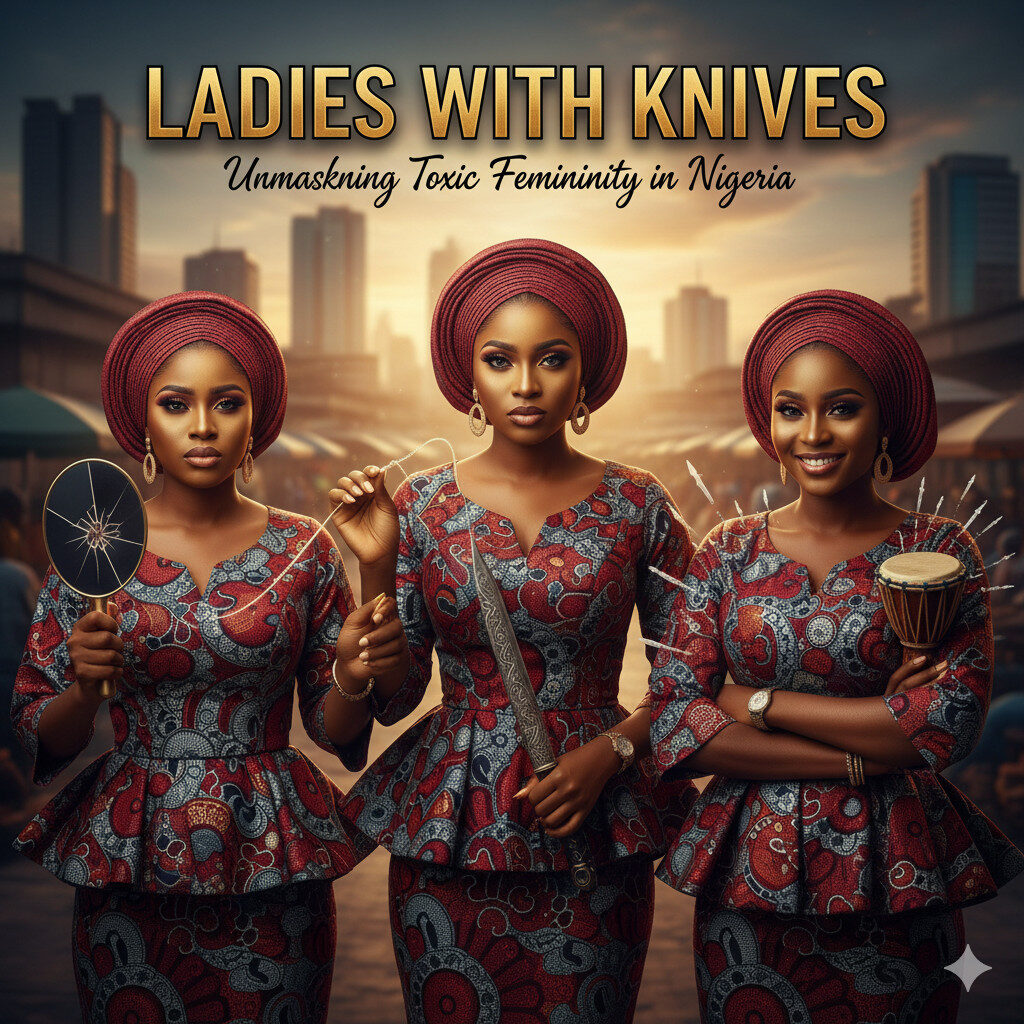It’s a common assumption that individuals, across genders, have strong, inherent preferences for certain relationship structures. We hear about the “natural” desire for monogamy, or the historical prevalence of polygamy in various cultures. But what if, when it comes to women, the allegiance isn’t to the system itself, but rather to the advantages it offers?
Let’s consider a controversial thought: perhaps women, at their core, aren’t deeply invested in whether a relationship is monogamous or polygamous. Instead, their choices and preferences might be far more pragmatic, driven by a keen assessment of which system provides the most benefits – be they security, resources, social standing, or even emotional fulfillment.
Think about it historically and across cultures. In societies where polygyny (one man, multiple wives) was common, women often entered such unions not out of a fervent belief in the system, but because it could offer a degree of protection, shared workload, or access to a higher-status male’s resources that might not be available in a monogamous setup. A co-wife, in some contexts, could be seen as a helpmate rather than a rival, especially if it meant a better life for her children.
For instance, imagine a woman in a pre-industrial agrarian society facing hardship. If a wealthy, established man offers her a position as a second or third wife, ensuring her children will be fed, clothed, and educated in a way her current circumstances might not allow, she might choose this polygamous union. Her decision isn’t necessarily a rejection of monogamy, but a pragmatic move towards stability and improved welfare for her family.
Conversely, in cultures where monogamy became the norm, it often coincided with shifts in economic structures that made a single-provider household more viable, or where social and religious norms emphasized individual partnerships. Here, the advantages for women could be seen in focused investment from one partner, greater individual autonomy within the relationship, and a clearer lineage for inheritance.
Consider a woman in the early 20th century, as industrialization offered more individual earning opportunities for men. A monogamous marriage to a man with a steady factory job or a burgeoning small business would offer her the advantage of undivided financial support and social recognition as the sole wife, potentially even providing her a degree of social mobility and a clear path for her children’s inheritance within a nuclear family structure.
Even in contemporary society, we see echoes of this. While many women express a desire for monogamous relationships, is this always a deeply held philosophical stance, or is it often because monogamy in modern Western societies tends to offer perceived advantages like emotional exclusivity, shared financial goals, and a generally accepted societal structure for raising a family?
And what about the rise of discussions around ethical non-monogamy or polyamory today? For some women exploring these options, it’s not about rejecting monogamy out of hand, but rather about finding a structure that might offer more emotional support, diverse companionship, or the freedom to pursue individual growth that they feel might be constrained in a traditional monogamous setup. The “advantage” shifts from material security to emotional or personal fulfillment.
Consider this specific and striking example: A woman in a region where polygamy is culturally and legally accepted discovers her husband has taken a second wife. Feeling her resources diminish, her status threatened, or her emotional needs neglected within this new arrangement, she chooses to leave. However, rather than seeking a monogamous union, she accepts an offer to become the second, or even third, wife of a significantly richer man. Her move isn’t a rejection of polygamy as a system, but a strategic decision to upgrade her circumstances, secure greater economic advantages, and potentially higher social standing, even if it means remaining within a polygamous framework.
Similarly, a woman might find herself in a monogamous marriage that offers little in terms of financial stability or shared ambition. If an opportunity arises to enter a polyamorous relationship where she has multiple partners who collectively provide a stronger support network, better resources, or more opportunities for personal growth and exploration, she might choose this path. Her shift isn’t about ideological opposition to monogamy, but a practical pivot towards a system that offers more tangible benefits to her current situation.
This isn’t to say that women are cynical or unfeeling. Far from it. It’s to suggest that human beings, in general, are incredibly adaptable and often make choices that optimize their well-being and the well-being of their offspring. For women, who historically and biologically bear a significant burden in reproduction and child-rearing, the calculus of relationship structures might inherently lean towards what provides the most stable and prosperous environment.
So, is it truly about monogamy or polygamy? Or is it about intelligently navigating the social and economic landscapes to secure the best possible advantages for oneself and one’s future? This perspective invites us to look beyond rigid relationship labels and instead examine the underlying motivations and benefits that different systems offer, particularly from a woman’s point of view. It’s a lens that suggests pragmatism, rather than ideological allegiance, might be the driving force behind women’s relational choices.





